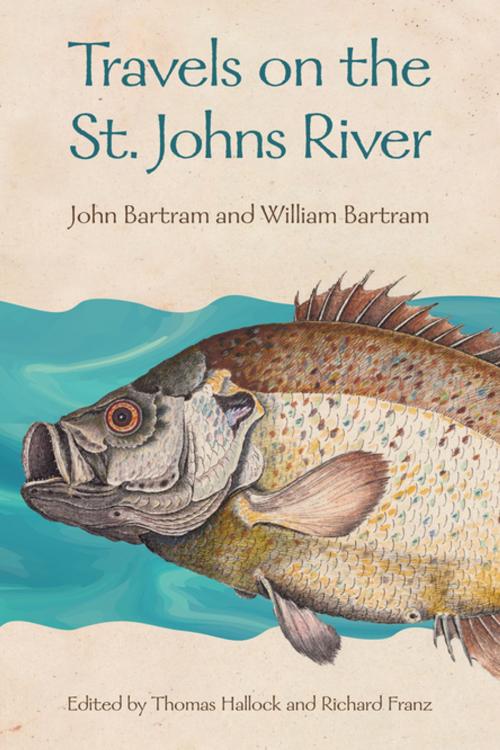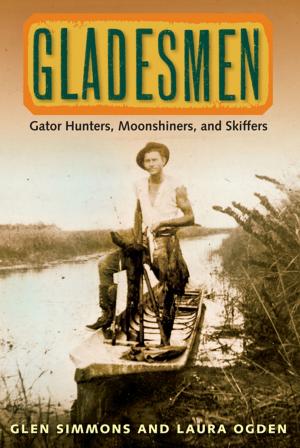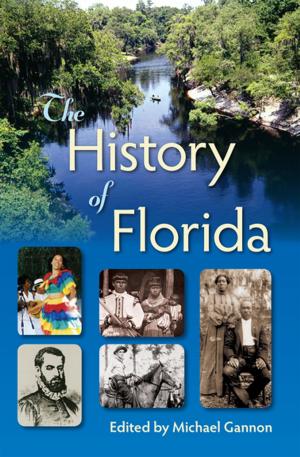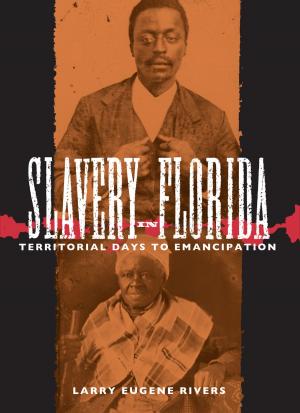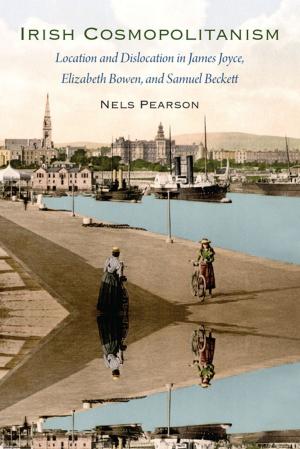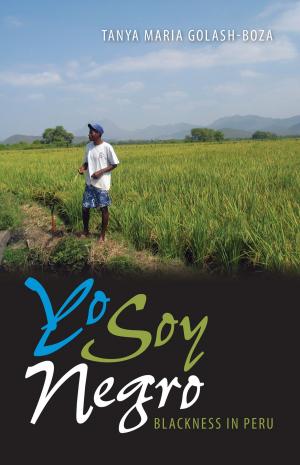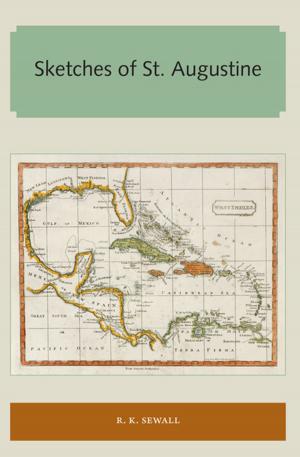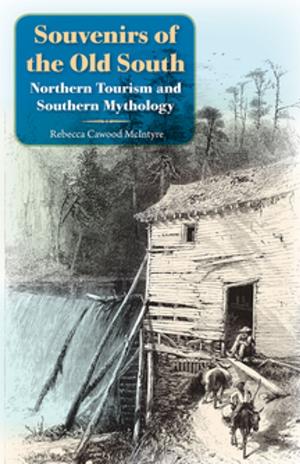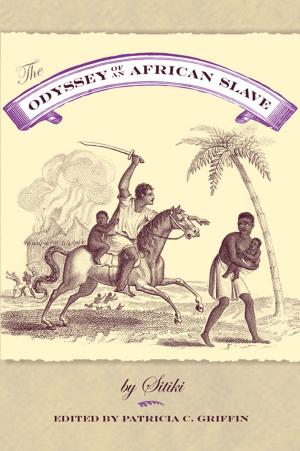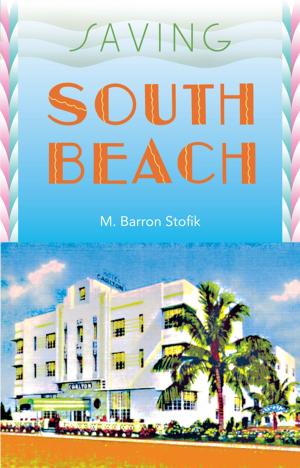Travels on the St. Johns River
Nonfiction, Science & Nature, Nature, Environment, Rivers, Travel, Adventure & Literary Travel, History, Americas, United States| Author: | John Bartram, William Bartram | ISBN: | 9780813059686 |
| Publisher: | University Press of Florida | Publication: | February 7, 2017 |
| Imprint: | University Press of Florida | Language: | English |
| Author: | John Bartram, William Bartram |
| ISBN: | 9780813059686 |
| Publisher: | University Press of Florida |
| Publication: | February 7, 2017 |
| Imprint: | University Press of Florida |
| Language: | English |
“The editors skillfully interpret the geography and natural history, and provide an extensive list of the plants and animals the Bartrams encountered. This work will appeal to naturalists and those interested in early American studies in natural history.”—Choice "Bringing together descriptions and illustrations of the St. Johns River and its characteristic flora and fauna from the golden age of natural history exploration, this book will be useful to both Bartram scholars and amateur naturalists."--Timothy Sweet, author of American Georgics: Economy and Environment in American Literature, 1580-1864 "Illustrates the unique sense of place of Florida and, in particular, the St. Johns River. Guides the reader along a transcendent spiritual journey that ends on the shores of ecology."--R. Bruce Stephenson, author of John Nolen, Landscape Architect and City Planner
In 1765 father and son naturalists John and William Bartram explored the St. Johns River Valley in Florida, a newly designated British territory and subtropical wonderland. They collected specimens and recorded extensive observations of the plants, animals, geography, ecology, and native cultures of an essentially uncharted region. The chronicle of their adventures provided the world with an intimate look at La Florida.
Travels on the St. Johns River includes writings from the Bartrams' journey in a flat-bottomed boat from St. Augustine to the river's swampy headwaters near Lake Loughman, just west of today’s Cape Canaveral. Vivid entries from John's Diary detail which tribes lived where and what vegetation overtook the river's slow current. He describes the crisp, cold spring waters tasting like a gun barrel. Excerpts from William's narrative, written a decade later when he tried to make a home in East Florida, contemplate the environment and the river that would come to be regarded as the liquid heart of his celebrated Travels. A selection of personal letters reveal John's misgivings about his son's decision to become a planter in an inhospitable pine barren with little more than a hovel as shelter, but they also speak to William's belated sense of accomplishment for traveling past his father's footsteps.
Editors Thomas Hallock and Richard Franz provide valuable commentary and a modern record of the flora and fauna the Bartrams encountered. Taken together, the firsthand accounts and editorial notes help us see the land through the explorers' eyes and witness the many environmental changes the centuries have wrought.
“The editors skillfully interpret the geography and natural history, and provide an extensive list of the plants and animals the Bartrams encountered. This work will appeal to naturalists and those interested in early American studies in natural history.”—Choice "Bringing together descriptions and illustrations of the St. Johns River and its characteristic flora and fauna from the golden age of natural history exploration, this book will be useful to both Bartram scholars and amateur naturalists."--Timothy Sweet, author of American Georgics: Economy and Environment in American Literature, 1580-1864 "Illustrates the unique sense of place of Florida and, in particular, the St. Johns River. Guides the reader along a transcendent spiritual journey that ends on the shores of ecology."--R. Bruce Stephenson, author of John Nolen, Landscape Architect and City Planner
In 1765 father and son naturalists John and William Bartram explored the St. Johns River Valley in Florida, a newly designated British territory and subtropical wonderland. They collected specimens and recorded extensive observations of the plants, animals, geography, ecology, and native cultures of an essentially uncharted region. The chronicle of their adventures provided the world with an intimate look at La Florida.
Travels on the St. Johns River includes writings from the Bartrams' journey in a flat-bottomed boat from St. Augustine to the river's swampy headwaters near Lake Loughman, just west of today’s Cape Canaveral. Vivid entries from John's Diary detail which tribes lived where and what vegetation overtook the river's slow current. He describes the crisp, cold spring waters tasting like a gun barrel. Excerpts from William's narrative, written a decade later when he tried to make a home in East Florida, contemplate the environment and the river that would come to be regarded as the liquid heart of his celebrated Travels. A selection of personal letters reveal John's misgivings about his son's decision to become a planter in an inhospitable pine barren with little more than a hovel as shelter, but they also speak to William's belated sense of accomplishment for traveling past his father's footsteps.
Editors Thomas Hallock and Richard Franz provide valuable commentary and a modern record of the flora and fauna the Bartrams encountered. Taken together, the firsthand accounts and editorial notes help us see the land through the explorers' eyes and witness the many environmental changes the centuries have wrought.
